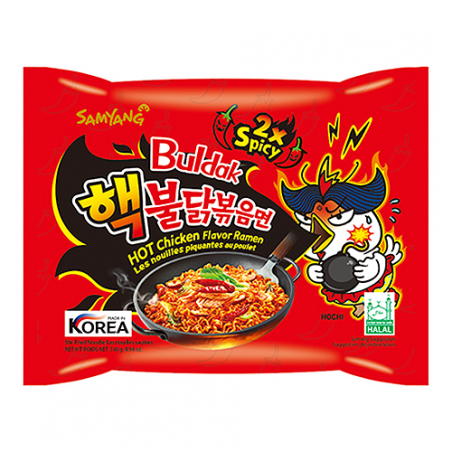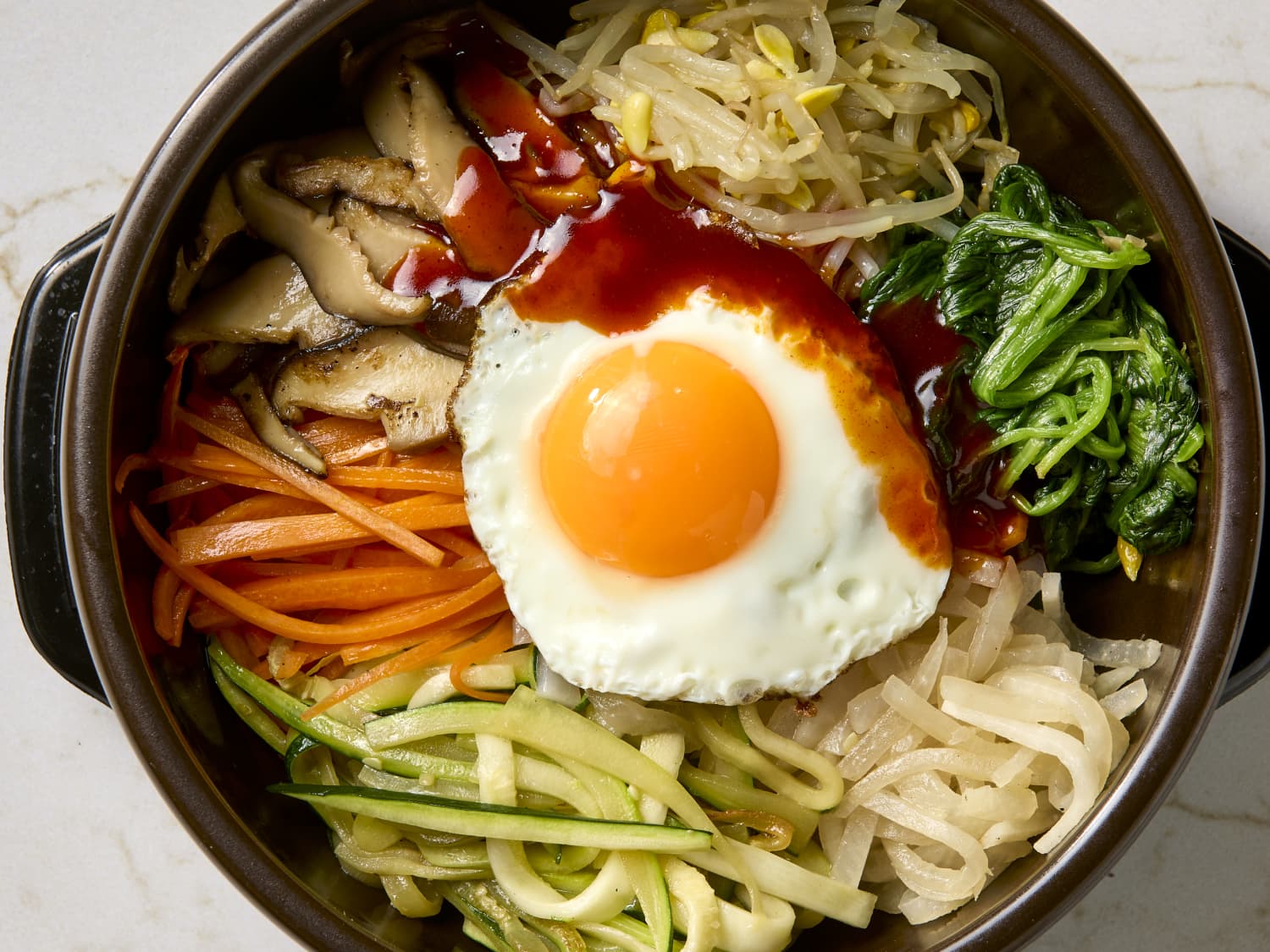This grain is the main staple in the Korean diet, served with almost every meal.
rice

Kimchi is high in this vitamin important for vision and immune function
Vitamin A
Meals often include multiple small side dishes known as this
banchan

Seaweed soup is traditionally eaten on birthdays for its nutrient content
miyeok-guk
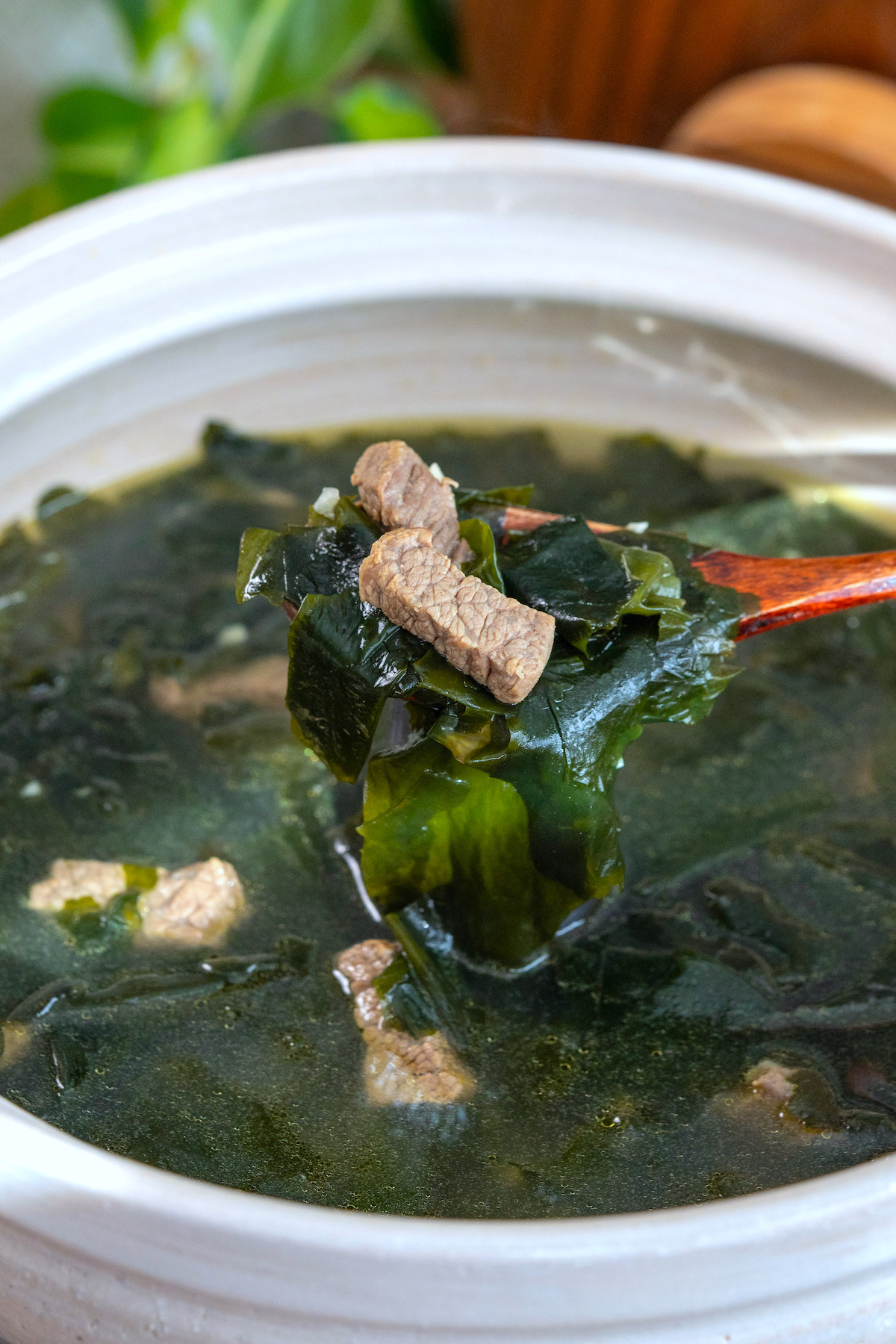
Fermented cabbage that's a national dish and rich in probiotics
kimchi

Seaweed is a good source of this mineral essential for thyroid health
iodine
This red pepper paste adds spice and boosts metabolism
gochujang
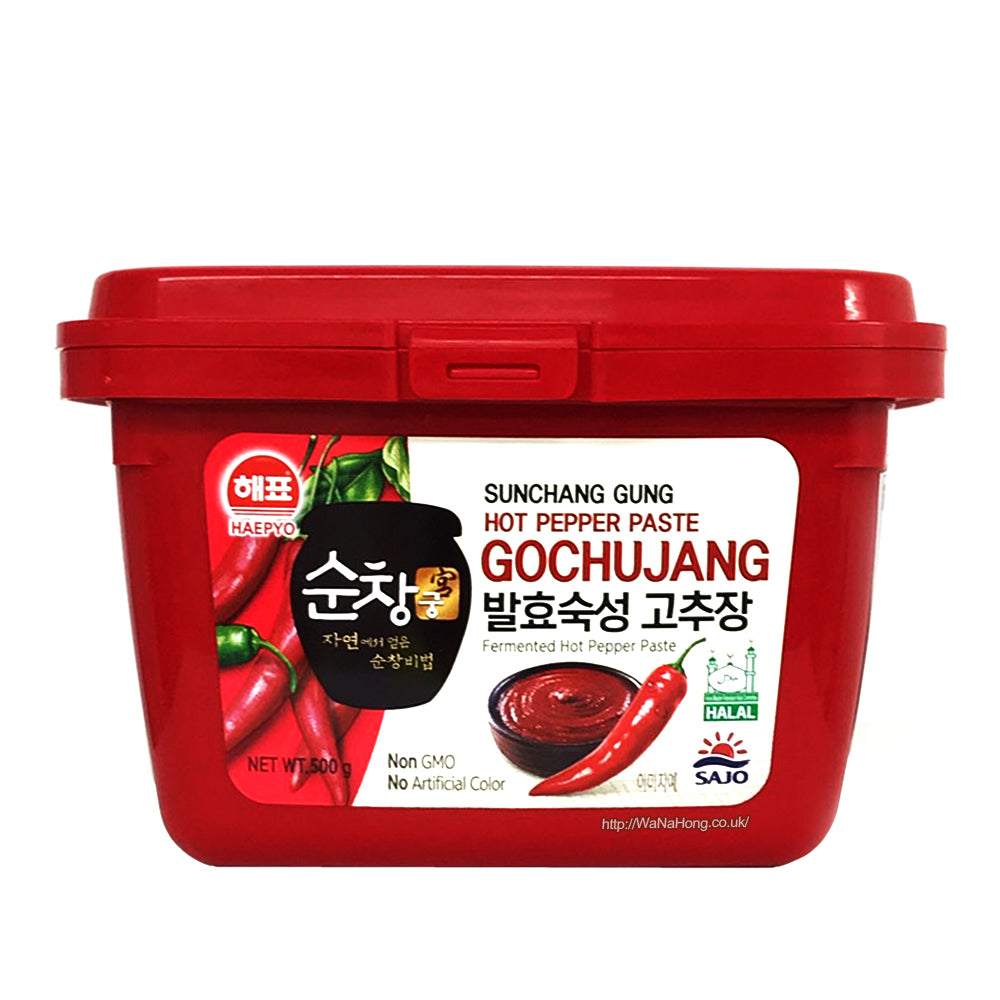
Koreans believe that eating cold noodle soup in summer helps with this
cooling the body
Thin slices of marinated beef grilled or pan-fried, a popular protein source
bulgogi

Fish and legumes in Korean cuisine are rich in this muscle-building nutrient
protein
Common cooking methods like steaming and fermenting help retain these in food
nutrients
... used to be an exclusive dish eaten at the palace, and the reason for its popularization is thanks to the widespread availability of red pepper sauce and wheat
tteokbokki

Noodles made from sweet potato starch, used in the dish japchae
glass noodles
:max_bytes(150000):strip_icc()/185219702-56a8a7553df78cf7729f6e06.jpg)
Whole grains and vegetables provide this nutrient aiding digestion
dietary fiber
This fermented rice drink is low in alcohol and contains probiotics
makgeolli
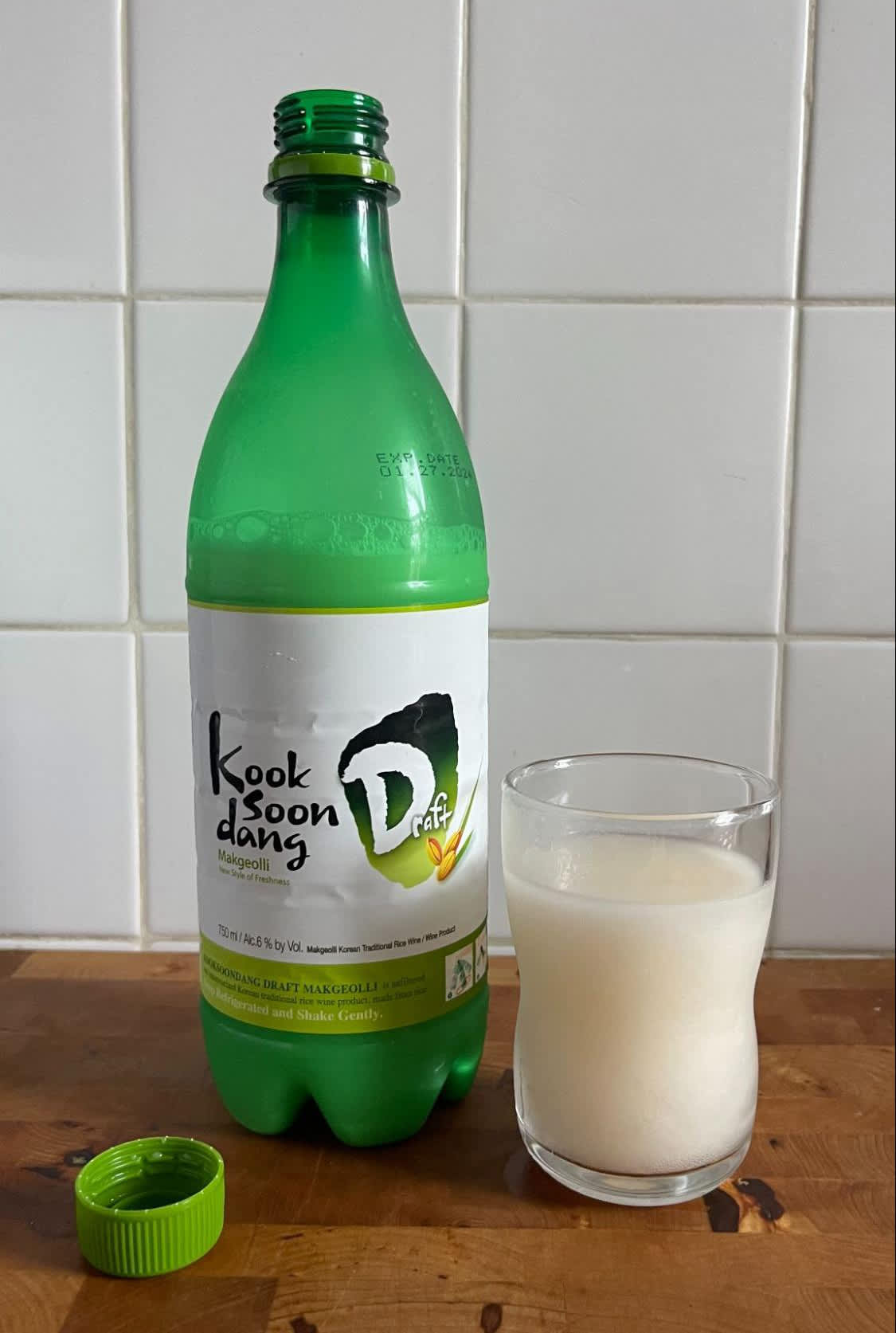
Bibimbap is known for incorporating a variety of these for a balanced meal
vegetables
These savory Korean dumplings are filled with a mixture of meat and vegetables
:max_bytes(150000):strip_icc()/korean-dumpling-mandoo-2118676-hero-01-2e60dd10c6404f44ba00d6be80b63c0f.jpg)
mandu
Sesame oil contains these heart-healthy fats
unsaturated fats
The diet emphasizes this type of meat, which is lower in saturated fat
seafood
South Koreans consumed an average 77 servings of this per year
ramyeon
